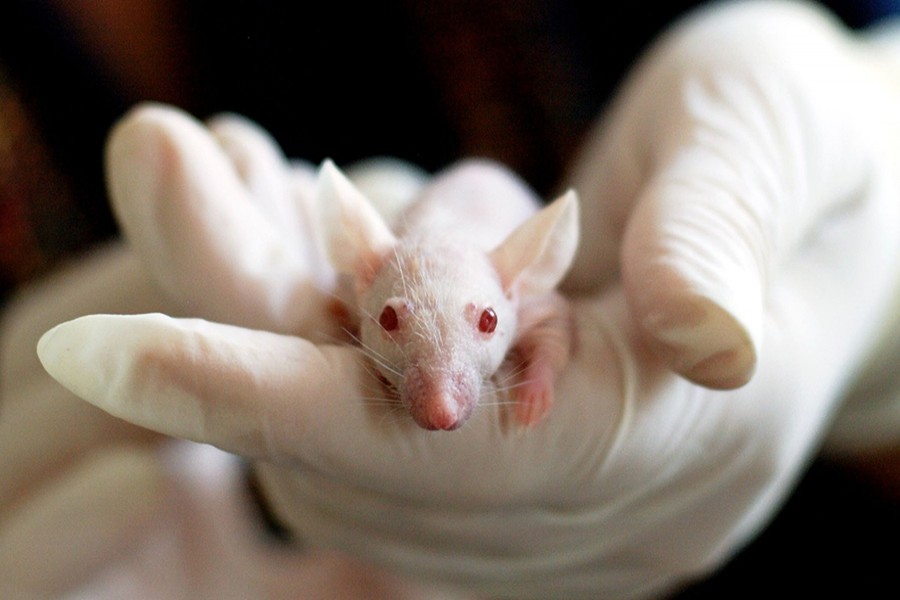A toxicological study showed clear evidence that male rats exposed to high level of radio frequency radiation (RFR) like that used in 2G and 3G cell phones developed cancerous heart tumours, though the findings could not be directly compared to human's experience.
The final reports of the National Toxicology Program (NTP) released Thursday also provided some evidence of tumours in the brain and adrenal gland of exposed male rats.
But for female rats, and male and female mice, the evidence was equivocal as to whether cancers observed were linked to radiation exposure, according to the reports.
"The exposures used in the studies cannot be compared directly to the exposure that humans experience when using a cell phone," said John Bucher, NTP senior scientist.
"In our studies, rats and mice received radio frequency radiation across their whole bodies. By contrast, people are mostly exposed in specific local tissues close to where they hold the phone. In addition, the exposure levels and durations in our studies were greater than what people experience," said Bucher.
The final reports are the conclusions of NTP and a panel of external scientific experts who reviewed the studies in March after draft reports were issued in February.
"We believe that the link between radio frequency radiation and tumours in male rats is real, and the external experts agreed," said Bucher.
The lowest exposure level used in the studies was equal to the maximum local tissue exposure currently allowed for cell phone users and this power level rarely occurs with typical cell phone use, according to the reports.
Also, the highest exposure level in the studies was four times higher than the maximum power level permitted, the reports said.
The NTP studies took more than 10 years to complete and are the most comprehensive assessment, to date, of health effects in animals exposed to RFR with modulations used in 2G and 3G cell phones.
The 2G and 3G networks were standard when the studies were designed and are still used for phone calls and texting. These studies did not investigate the types of RFR used for Wi-Fi or 5G networks, reports Xinhua.
"A major strength of our studies is that we were able to control exactly how much radio frequency radiation the animals received, something that's not possible when studying human cell phone use, which has often relied on questionnaires," said Michael Wyde, lead toxicologist on the studies.
On the other hand, researchers noted the unexpected finding of longer life spans among the exposed male rats. "This may be explained by an observed decrease in chronic kidney problems that are often the cause of death in older rats," said Wyde.
The animals were housed in chambers specifically designed and built for these studies. Exposure to RFR began in the womb for rats and at five to six weeks old for mice, and continued for up to two years, or most of their natural lifetime.
The radiation exposure was intermittent, 10 minutes on and 10 minutes off, totalling about nine hours each day. RFR levels ranged from 1.5 to 6 watts per kilogram in rats, and 2.5 to 10 watts per kilogram in mice.
NTP is building smaller RFR exposure chambers that will make it easier to evaluate newer telecommunications technologies in weeks or months, rather than years.
These studies will focus on developing measurable physical indicators of potential effects from RFR, including changes in metrics like DNA damage in exposed tissues.


